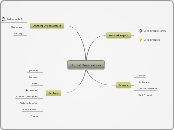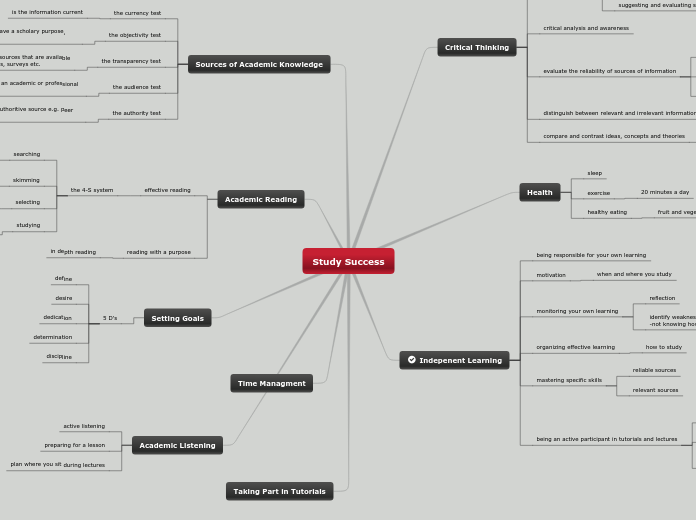arabera lu mengting 12 years ago
296
Air Pollutants
Air pollutants originate from both natural and human activities, affecting health and the environment. Key pollutants include sulfur dioxide, nitrogen oxide, lead, particulate matter, ozone, and carbon monoxide.









